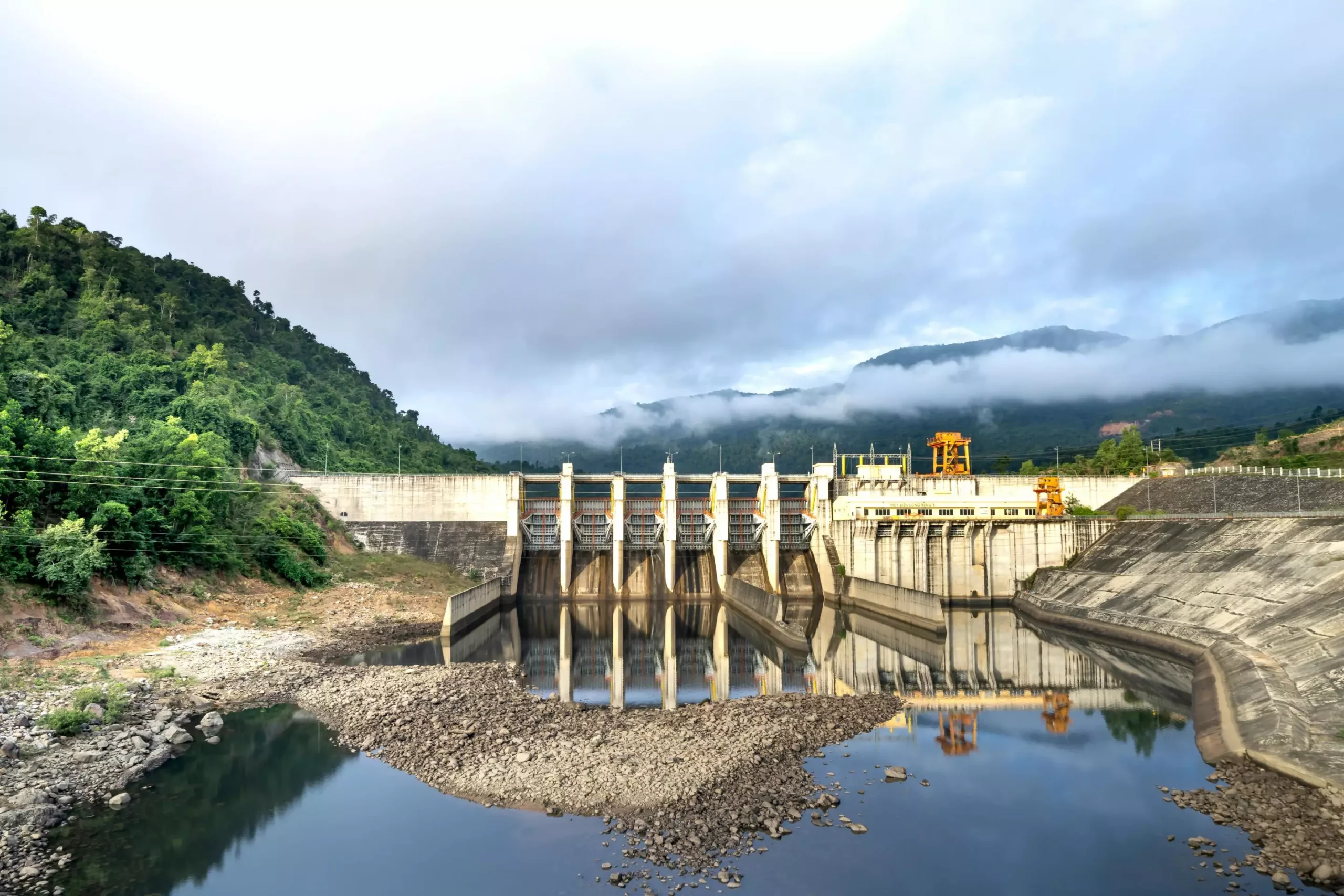Hydropower has long been celebrated as a cornerstone of clean and renewable energy in the United States. However, a recent study underscores a less-discussed challenge: the vulnerability of hydropower generation to drought conditions, which can significantly affect energy supply and economic stability. Researchers at The University of Alabama have conducted an extensive analysis that reveals the alarming impacts of drought on hydropower generation between 2003 and 2020, challenging the prevailing notion that flooding is the primary climatic threat to this energy source.
The study published in Environmental Research Letters paints a stark picture of hydropower’s dependence on consistent water levels for effective operation. It estimates that the sector suffered a staggering $28 billion loss due to diminished hydropower output during the specified period. This erosion in production capacity not only translates to lost revenue for energy producers but also forces states to source energy from alternative suppliers, which frequently rely on fossil fuels. This transition can exacerbate greenhouse gas emissions, with the study noting a significant increase in carbon dioxide (CO2) and nitrogen dioxide (NO2) emissions nationwide.
One critical insight from this research is the regional variability in vulnerability to drought. While states like Alabama generate approximately 7% of their electricity from hydropower and experience less severe drought effects than others, the situation is markedly different elsewhere. For instance, Nevada has been deemed relatively less vulnerable to drought, thanks to the significant buffering capacity provided by the Hoover Dam’s large reservoir, which offers a sustainable energy supply even in dry spells. Therefore, the contrasting scenarios of hydropower dependency across states necessitate distinct strategies tailored to regional conditions.
The economic ramifications of drought on hydropower extend well beyond losses incurred by energy producers. When hydropower falls short, states must seek electricity from other utilities, typically relying on less sustainable energy sources, notably natural gas. This shift underscores a dual crisis: not only do states face an economic burden while compensating for hydropower’s shortfall, but they inadvertently contribute to environmental degradation through increased emissions.
The study illustrates a 10% surge in CO2 emissions, alongside a striking 24% rise in NO2 emissions, attributed to increased reliance on substitutes for hydroelectric energy. Such upticks, while alarming, represent a broader trend that can place additional strain on air quality and public health, especially in states that already deal with high levels of pollution. This highlights the importance of integrating environmental considerations into energy planning and long-term sustainability efforts.
The researchers emphasize a pressing need for states to develop comprehensive strategies that address the dual threats of drought and climate change. Proactive planning should focus on diversifying energy sources rather than relying predominantly on hydropower. This can include expanding investments in solar, wind, and geothermal power, which can provide more stable energy supplies during drought periods. Moreover, improved water management practices are critical for maximizing the utility of existing water resources and enhancing overall resilience against drought.
Public misperceptions regarding climate vulnerability—often skewed toward flooding—may contribute to a lack of urgency in addressing drought-related risks. Dr. Hamid Moradkhani, the director of the Center for Complex Hydrosystems Research, highlights the need for increased awareness around the financial and environmental costs of drought, urging policymakers to prioritize this phenomenon in their planning initiatives.
In the face of ongoing climate change, the outlook for hydropower remains complex. As extreme weather patterns become more common, regions must prepare for potential water shortages and adapt their energy strategies accordingly. The resilience of the hydropower sector to drought-related challenges will depend on innovative solutions, effective policy frameworks, and increased public awareness concerning the importance of sustainable energy systems.
Ultimately, addressing the threat posed by drought is not just about securing hydropower but involves reshaping our approach to energy and environmental stewardship in a changing climate. The findings from this study offer an essential reminder of the multifaceted nature of our energy landscape and the imperative for tailored, region-based solutions in securing a sustainable energy future.


Leave a Reply